#Indigenous Peoples history
Explore tagged Tumblr posts
Text
Book Spotlight 📖

#native american history#native heritage month#american history#native american#native history#Indigenous Peoples history#afro indigenous#sasha4books#reading#books#children's books#children book#kid books#kids book#kids books#read#book#bookblr#reading community#fry bread#books and reading#black girls read too#book community#read community#readingblr#readinglr#readblr#booklr#books and libraries#books and literature
116 notes
·
View notes
Text
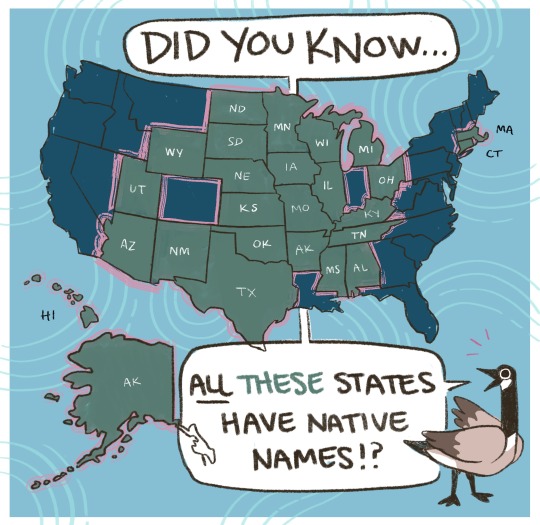
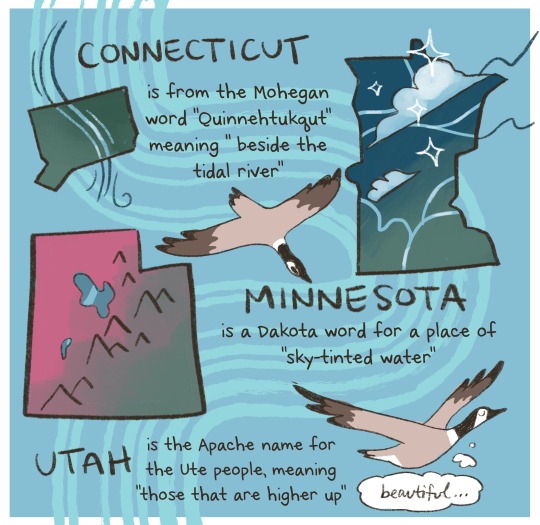
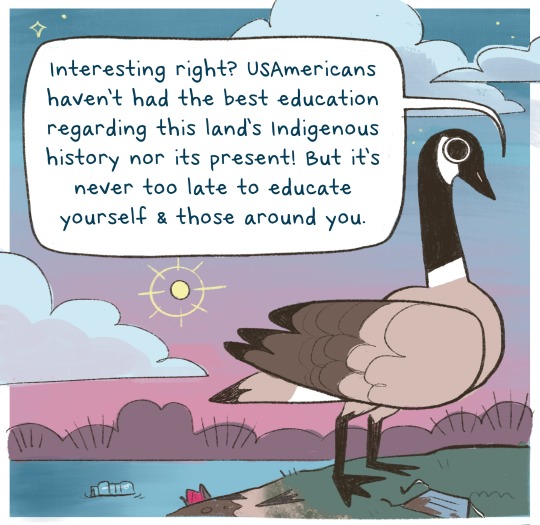
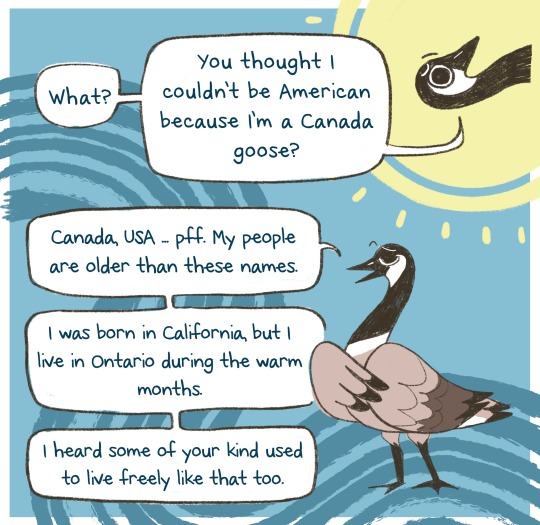
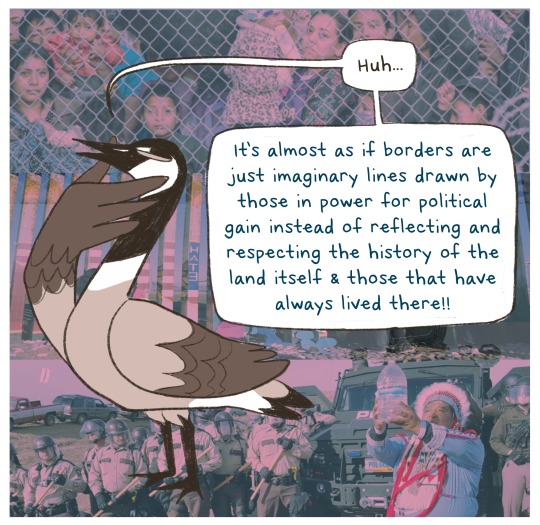
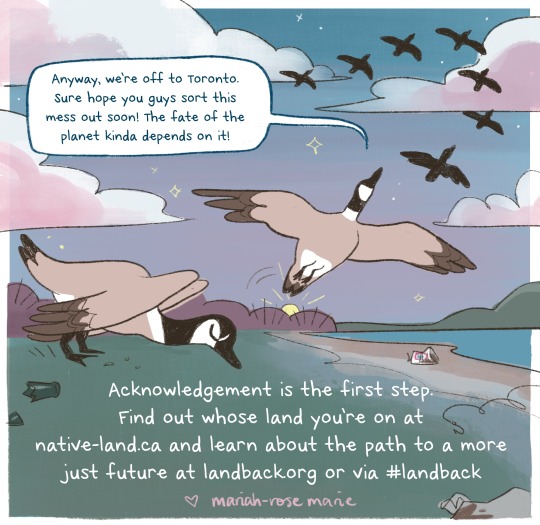
when I drew this comic 3 years ago I had NO idea how far it would reach. I'm happy to finally share a corrected version with proper abbreviations, and even MORE state names of indigenous origin ♥️
however, the goal of this comic was to inspire people to do your OWN research on indigenous history. To question everything we have been taught, and everything that has been pointedly left out. This erasure, this “forgetting”, of history is not just of the past… it is happening now. - Across so-called Canada, the US, and US-occupied islands, native women are victims of murder at 10-12x the rate of non-native people, and are the most likely to go missing without being searched for by the law. - Native reservations have the highest rates of poverty in the US, with over HALF of tribal homes with no access to clean water (with more joining this list by the year) - Native people are 6-10x more likely to be unhoused than the rest of the population, and native teens suffer suicide rates higher than any other demographic. This list of modern day genocide goes on (thank you for compiling @theindigenousanarchist <3) and yet take a look at those environmental stats!
Native people manage to do SO much for the planet as a whole - thanklessly - and with all this stacked against them. Don't even get me started on kin fighting in south america. Could you imagine if there was help? #landback is resistance to genocide, and it is the key to saving our warming earth.
So look into it and the other hashtags, cuz a cartoon goose ain't a substitute for a proper education. Love to my grandparents who always kept a map of tribal territories of turtle island on their wall, to speaking on our Tsalagi & Saponi heritage. Love & solidarity forever, happy research, and happy #indigenouspeoplesday
LANDBACK.ORG
(Also, if you care to support the artist, I'm publishing a book ! and writing another - a fantastical afroindigenous graphic novel - that I post exclusively about with tons of other art on my patreon.)
#mmiw#searchthelandfill#landback#art#comic#illustration#indigenous peoples day#rights#indigenous rights#autonomy#statistics#love#freedom#borders#history#usa#canada#turtle island#mariah-rose marie
31K notes
·
View notes
Text

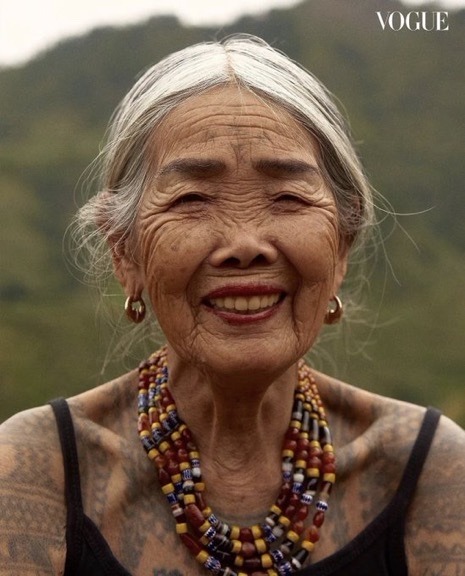
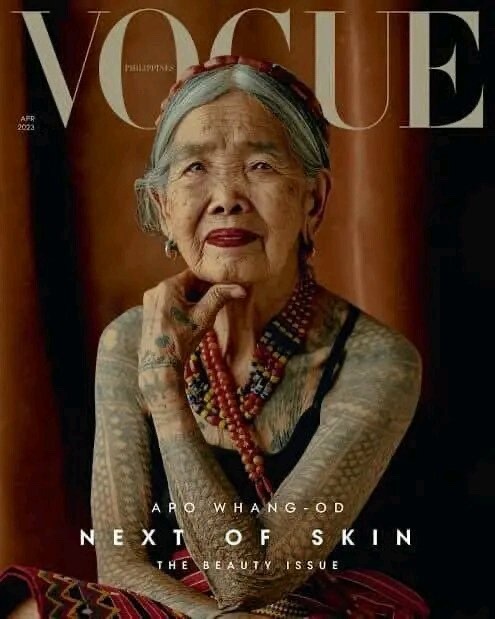



Michelle Dee, Miss Phillipines 2023, wore a dress as a tribute to the last and oldest living Kalinga (Indigenous Filipinos) tattoo artist, Apo Whang Od and her work
#michelle dee#Michelle Marquez dee#Maria Whang Od Oggay#apo whang od#philippines#miss universe#miss universe 2023#filipino#fashion#couture#fashion history#tattoo#indigenous#indigineous people#history#Art history#Vogue#miss Philippines#miss Philippines 2023#mine
10K notes
·
View notes
Text

It’s a good day to pay reparations. Natives may reblog with your own payment links.
https://www.herringpondtribe.org/
https://www.wampanoagnationsingersanddancers.com/
#thanksgiving#national day of mourning#wampanoag#native#indigenous#native american#racism#colonialism#thankstaking#unthanksgiving#friendsgiving#settler colonialism#n8v#indigenous peoples#us history#history#turkey day#ven talks#signal boost#reparations
1K notes
·
View notes
Text
Literally every conversation with a colleague/peer in the academic field I'm in (anthropology, with a focus on human prehistory and human evolution) upon them learning I'm an observant religious Jew goes like this:
Person: "Sorry if this is a personal question, but how do you.... y'know......deal with it?"
Me: "Deal with what?"
Person: "Y'know...... y'know......your religion......"
Me: "Meaning?"
Person: "Well, um, how old do you believe the earth is?"
Me: "I follow the geological consensus, which is approximately 4.5 Billion years"
Person: "But......but.....your Bible says that it's 6,000 years old....."
Me: "Technically 5,783 years, so you're wrong there, haha"
Person: "Okay but how do you....how do you reconcile that with science?"
Me: "I don't need to reconcile it. They're not in opposition."
Person: "??"
Me: "The plain text in the Tanakh states that it has been 5,783 years since the creation of Adam, and consequently the world. Judaism has never been about taking the text in the Tanakh plainly, there's always deeper meanings. Who's to say that the 5,783 years aren't just the years since a couple named Adam and Eve met and copulated, triggering the begining of the lineage of Abraham, Moses, and the entire Jewish lineage, and that the six days of creation aren't six phases which are actually pretty in-line with our understanding of evolution?"
Person: "But.....some people believe that it's literally been 5,783 years since the earth was literally created!"
Me: "Okay..... that's what they believe. I don't see how it should bother me, especially considering we're in the field of anthropology where we try to study other patterns of belief, not cast judgement upon them."
Person: "But other Jews believe that!!!"
Me: "Again.....why should that affect my religious and academic senses of self? Judaism has never been a monolith of belief, anyway."
Person: "But-"
#for real it's so tiring#i literally could not give two shits what other people believe#and considering anthropology's history with mocking indigenous creation stories quite frankly you people should be doing better#anthropology#religion#judaism#personal
7K notes
·
View notes
Text
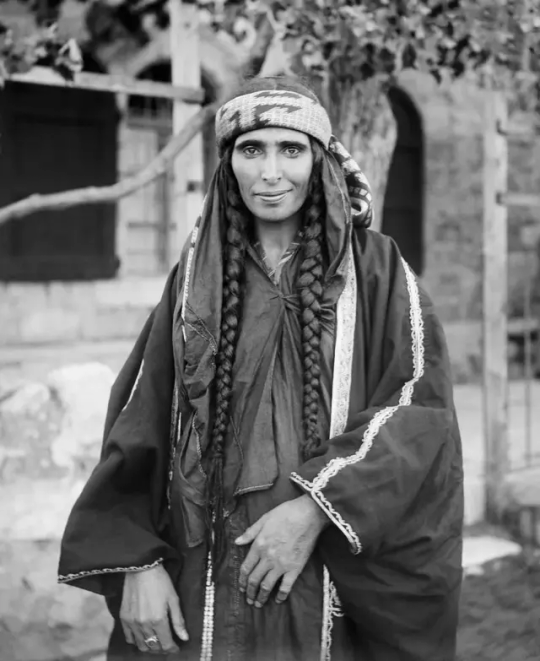
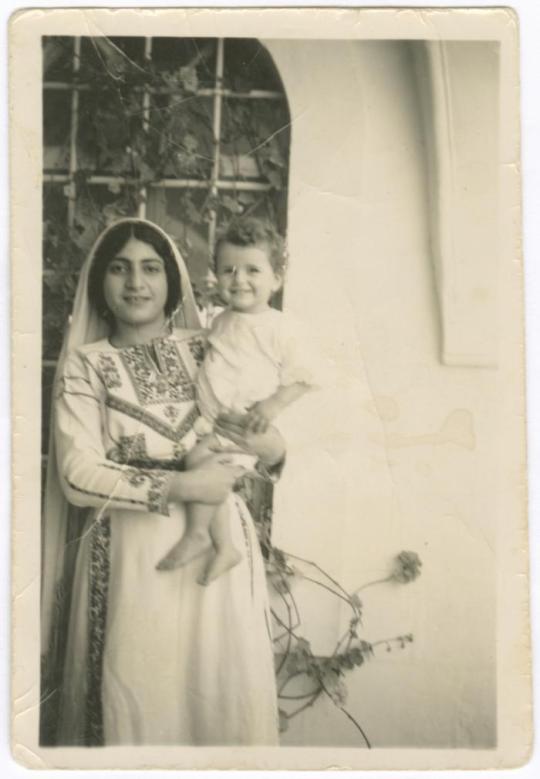


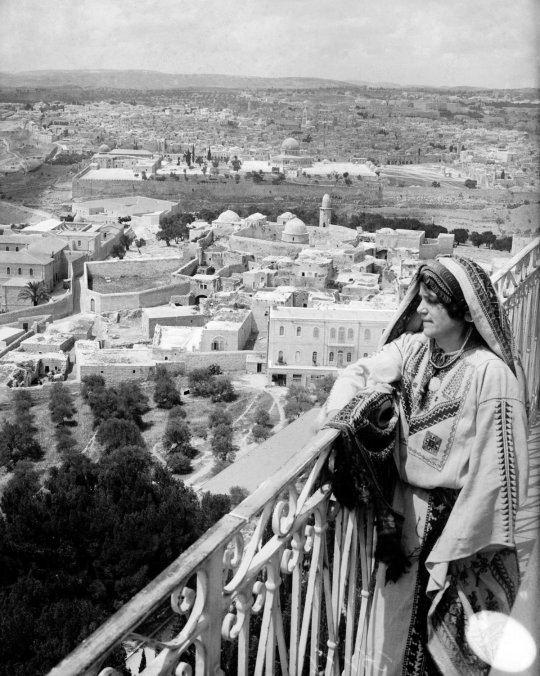
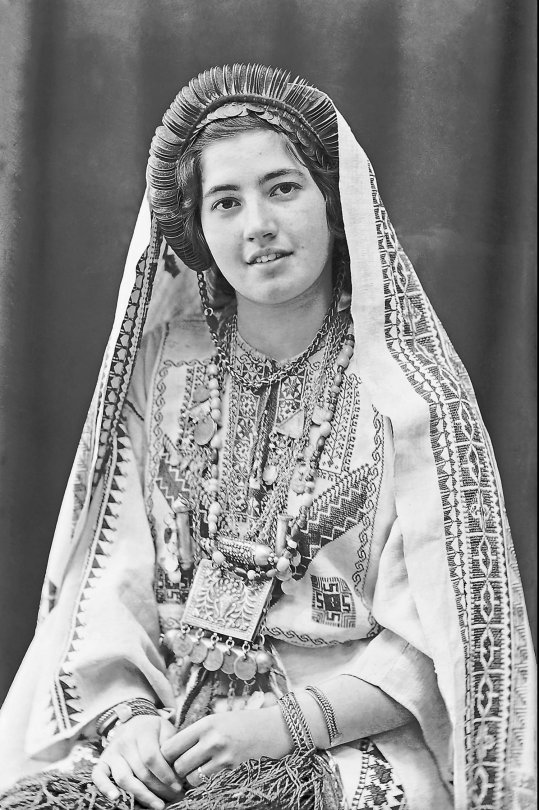

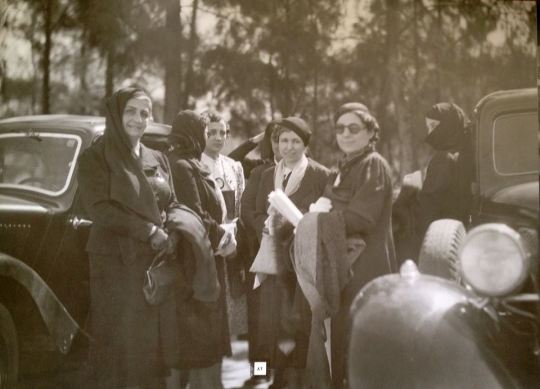
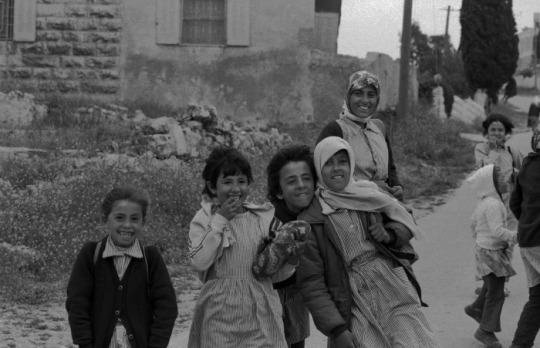
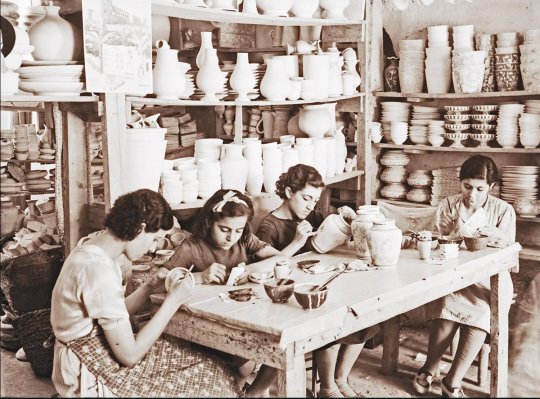
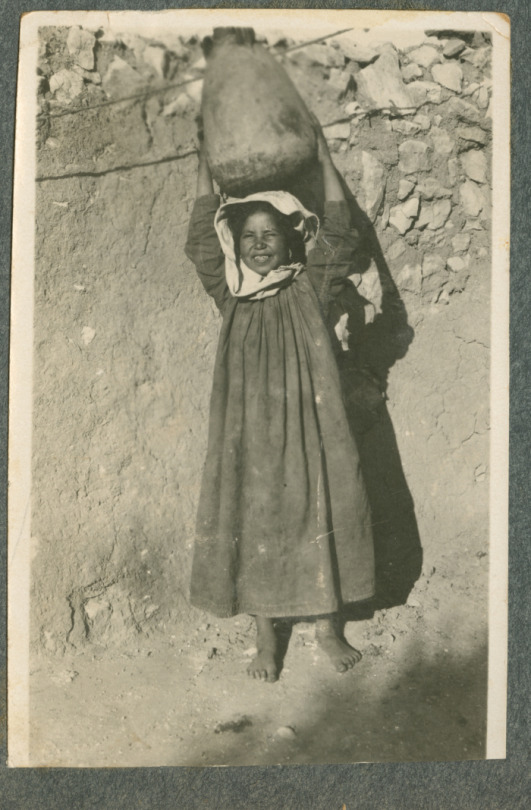

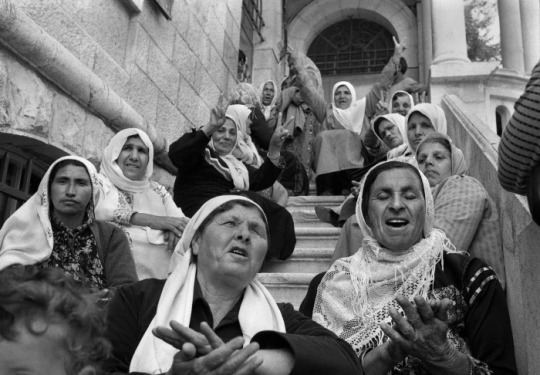
Moments from Palestine across generations and communities
(1) A Bedouin woman smiles in Jerusalem (1898-1914)
(2) Asma Aranki Holding a Child from Her Family at Their House, Birzeit (1948)
(3) Bedouin girls in Jericho (1918)
(4) An extended Palestinian family gathers in front of their house in the village of Beit Sahur, near Bethlehem (1918–35)
(5) From the Mount of Olives, a young woman looks out over eastern Jerusalem (1929)
(6) Ruth Raad, daughter of photographer Khalil Raad, in the traditional costume of Ramallah (1939)
(7) Standing in his neatly ironed shirt and shorts, George Sawabin poses for a studio photo (1942)
(8) Katingo Hanania Deeb, prepares to demonstrate in the 1936-1939 Arab Revolt -- which was a nationalist uprising by Palestinian Arabs against British colonial rule in relation to Palestinian independence and the land acquisition and pushout as a result of the mass Jewish immigration (1936)
(9) Young children walking home from school Beit Deqqo Village, the Occupied Palestinian West Bank, 1987
(10) Four young girls decorating vases in a ceramic workshop in Nablus (1920)
(11) A young Palestinian girl squints and smiles as she holds a jar on her head (1920-1950)
(12) The ancient craft of a Palestinian potter (1918-35)
(13) The mothers of Palestinian detainees' protest in Jerusalem (1987)
Source(s): The British Mandate Jerusalemites (BMJ) Photo Library, Palestinian Museum Digital Archives, The Jerusalem Story + Khalil Raad
Please support, share, cite, and (if financially able) fund these organizations and public storytellers for their rebellious histories and community work!
#decolonization#our world#our history is your history#people#free palestine#palestine#indigenous rights#art of making#and manifesting#history is not neutral#futurepast
4K notes
·
View notes
Text

In celebration of Native American Heritage Month and Indigenous Peoples Month, we reflect on the deep history, resilience, and cultural richness of Indigenous communities.
Sharing these stories allows us to honor traditions and contributions that continue to shape our shared world. For those interested in learning more, JSTOR Daily has curated a collection that highlights Indigenous perspectives, art, and histories.
Image: Detroit Publishing Co. Pueblo Indian Woman with Olla. 1902. Trinity College, Watkinson Library.
#jstor#jstor daily#indigenous peoples month#native american heritage month#indigenous peoples#native americans#indigenous history#native american history
461 notes
·
View notes
Text
#black history#black lives matter#blacklivesmatter#slavery#colonization#indigenous#africa#black people
483 notes
·
View notes
Text




Celebrating Indigenous Peoples' Day!
Today the USA marks Indigenous Peoples' Day - to celebrate, have a listen to these podcasts to learn some of the Indigenous, queer history of what is now the USA.
Osh-Tisch
Osh-Tisch was a batée born in the mid-19th-century Crow Nation. Batée is a uniquely Crow gender identity, describing a person assigned male at birth, who performs female as well as specifically batée social roles. Osh-Tisch was renowned for their skills as a craftsperson, their bravery in the 1876 Battle of the Rosebud, and as the best poker player in the region. In the face of attempts by the US government to force assimilation to Western ideas of gender, Osh-Tisch’s community fought for their right to express their identity.
[Image source: Will Roscoe’s Changing Ones: Third and Fourth Genders in Native North America]
We'wha
Born c.1849 at Zuni (now in New Mexico), We’wha was a lhamana - a Zuni gender including both masculine and feminine roles. Like many lhamana, We'wha was a highly skilled craftsperson, proficient in both traditionally masculine, and traditionally feminie crafts. In 1885, We’wha travelled to Washington DC as a representative of the Zuni people, where they worked with anthropologists and the Smithsonian museum to demonstrate and share information about Zuni crafts and culture, and met US President Grover Cleveland.
[Image source]
Bíawacheeitchish
Born in the early 1800s, Bíawacheeitchish (Woman Chief) was a Gros Ventre woman who lived amongst the Crow people. She was skilled in traditionally masculine pursuits like riding, hunting and warfare. Polygamy was common amongst the Crow, and Bíawacheeitchish married four women. Her military prowess led to her becoming one of the most respected Crow chiefs.
[Image source]
Kapaemahu
According to Hawai'ian oral histories, in around the 1500s, four healers visited Honolulu from what are now the Society Islands. These healers - named Kapaemahu, Kahalao, Kapuni, and Kinohi, were māhū, a gender recognised in Kānaka Maoli (Native Hawai’ian) culture, with a particular focus on healing and caring roles.
When they departed Hawai'i, the four māhū left behind four huge stones as a memento of their visit, imbued with their healing powers, which are still revered in Hawai'i today.
[Image source]
#indigenous peoples day#indigenous history#crow history#hawaiian history#zuni history#queer history#two-spirit#two-spirit history#lgbt history#lgbtq#native american history
550 notes
·
View notes
Text
there was a swedish guy in like the early 1900s that literally just traveled to Australia, attended a funeral of an indigenous person and then HE CAME BACK A FEW WEEKS LATER TO DIG UP THE BONES TO KEEP IN HIS COLLECTION!!!!
DO YOU HEAR ME??!!!
HE WENT ON A FUNERAL AND THEN CAME BACK TO DIG UP THE BONES!!!!!!!
Thankfully the aboriginal people there had heard he had dug up bones previously and they moved the grave.
AND WHEN HE DISCOVERED THIS HE GOT MAD AND SAID THE ABORIGINAL PEOPLE COULDN'T BE TRUSTED
AHHHHHHHHHHHHHHHHHHHHHHHHHH
#the guys name was Erik Mjöberg for anyone wondering#he was absolutely disgusting AND SMUGGLED BONES OF ABORIGINAL PEOPLE OUT OF AUSTRALIA#If this doesn't tell you about attitudes at the time towards indigenous people from europeans#I don't know what does#Sweden#History#aboriginal#hate crimes tw#i don't know if this counts as a hate crime but I'll still put it there to be safe#regardless it's still definitely a crime towards and disgusting treatment of indigenous people
1K notes
·
View notes
Text
Woke north Americans: Decolonize Canada! Decolonize America! Decolonize language! Decolonize law! Decolonize education! Decolonize blah blah blah!
Guys, you can't even handle Israel. A country made from a decolonization project. Trust me, you arent looking to really decolonize North America, you are just looking to sound good.
#israel#jewish#truth#decolonization#jewish people are native to the lands of Israel#arabs have a big colonial history#lets talk about it#pro israel#free israel#jews are indigenous to israel
468 notes
·
View notes
Text
if usamericans are excited about the concept of anti-colonialism in other countries oooh boy do i have some exciting news for you...you can practice decolonization right here at home!
#cupid.txt#im very glad we're anti colonialism dont get me wrong and solidarity with all indigenous peoples suffering under colonialism#but i sometimes wonder if kids-and others who just dont know about history i guess- know that their passion can#be used where they live as well#like we're still in a colonized country we're still living with the history of genocide and mass cultural upheaval#if you read anything about how the land and peoples here were treated during colonial times--it was apocalyptic in nature#please care about the history of the land you live on
286 notes
·
View notes
Text

130 notes
·
View notes
Text

#native americans#american indians#indigenous people#USA#US History#history#politics#education#memes
201 notes
·
View notes
Text
hozier performing butchered tongue at the choctaw theater in oklahoma (dedicated to the Choctaw people, 10/13/23)
(see this article for why this is such a significant dedication and performance of this song)
#i live in oklahoma. the indigenous history here and the atrocities against them is SUCH a huge part of this state#both its past and its present.#for hozier to perform this song for the first time in the US leg here and dedicate it to the Choctaw people the way he did#is hugely significant and really really means a lot.#hozier#butchered tongue#unreal unearth tour
481 notes
·
View notes
Text




"after all, how can one feel the loss of a thing whose existence one has become unconscious to?"
a wonderful collection of essential and constant truth bombs.
#india that is bharat#j. sai deepak#indian literature#indian history#non fiction#decolonisation#indigineous people#indigenous faith#coloniality and nature#indian academia#booklr#studyblr#notes#long reads#coffee#dark academia#light academia#desiblr#study blog#book photography#vsco
1K notes
·
View notes